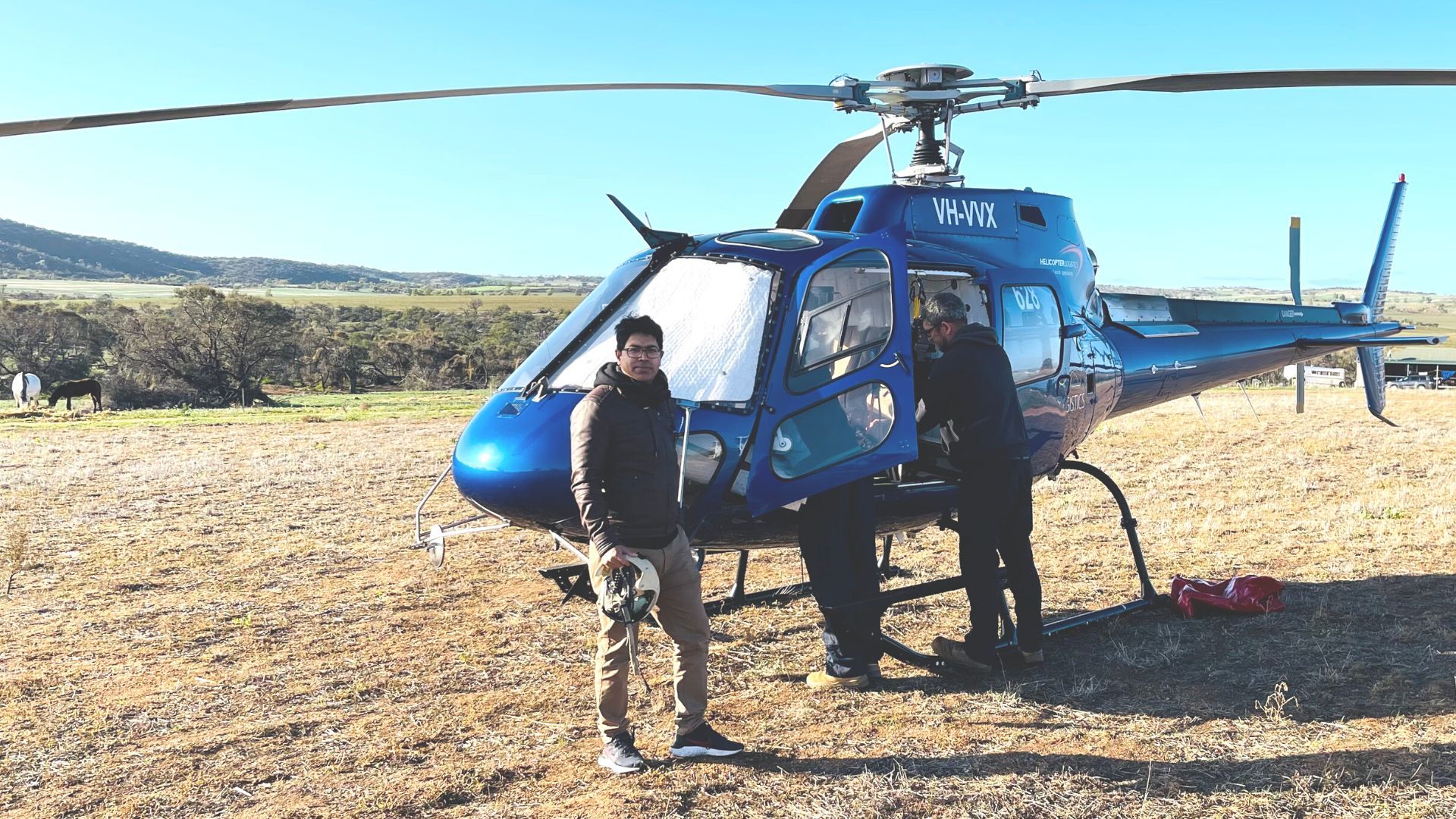A Charles Sturt research project into the management of pest animals on Australian farms has created artificial intelligence (AI) technology that
A Charles Sturt research project into the management of pest animals on Australian farms has created artificial intelligence (AI) technology that will transform hours of pest detection into minutes.
- A Charles Sturt research project into the management of pest animals on Australian farms has created artificial intelligence (AI) technology that will transform hours of pest detection into minutes
- The technology can identify different types of species and the total number of animals in a designated area, in real-time
- The new system will be available for farmers and authorities
A research project between Charles Sturt University, the NSW and WA governments, and the private sector has resulted in ground-breaking new artificial intelligence (AI) technology that has transformed hours of pest detection into minutes.
This will assist with tackling the major issue of pest animals on Australian properties which currently costs farmers more than $400 million each year.
The project builds on other cutting-edge research and product development that Charles Sturt is undertaking in the AI and Unmanned Aerial Vehicle (UAV, or drone) research fields to assist industry.
The Thermal Eye project is a thermal imaging-based pest animal detection system that can detect pest animals such as rabbits, feral pigs, deer, and kangaroos.
It is a collaboration between the University, the Department of Primary Industries and Regional Development Western Australia, Tomcat Technologies NSW, and the NSW Department of Primary Industries.
Charles Sturt developed the technology which was used to survey the land from a helicopter which collected data for real-time analysis of the pests present in the Australian farming communities of Geraldton in Western Australia and Orange in NSW.
Senior Lecturer in the Charles Sturt School of Computing, Mathematics and Engineering and Deputy Leader of the Charles Sturt Machine Vision and Digital Health Research Group Dr Anwaar UIhaq said the project had been a tremendous success and was now being developed to increase access for farming families.
“Pest animals cause tremendous damage to farming families’ livelihoods and the economy in general,” Dr UIhaq said.
“Despite decades of comprehensive efforts to combat this problem, the direct cost of the main introduced pest species to Australia has been estimated at more than $400 million per year. This is not including environmental and social costs.
“To deal with these pests, it’s about knowing their habitat, the different species that occupy the lands, and the total number of animals that inhabit a particular area.”
Dr UIhaq said his team trained a computer vision program to automatically detect different animals in each location.
“The technology was able to collect a lot of data after we trained it to automatically detect all the thermal signatures of the pest animals from the captured video sequence,” Dr Ulhaq said.
“The thermal signature of each animal is different, so after these cameras are trained, they can be used any time, to detect the sampling and geographical location of the animals in those areas.”
Dr Ulhaq said the system previously used to detect pests on farmland was also ineffective at night.
“Capturing this type of data is difficult at night, so we developed a system that would work 24 hours a day, which can be used by both farmers and authorities to better track and manage pest animals.”
Research on the Thermal Eye project was conducted from May until August 2022.
Charles Sturt continues to work with partner organisations to develop solutions to increase access to the technology for farmers via cameras mounted on drones.
Some of the additional projects that Charles Sturt is undertaking in AI and drone usage for innovation include the partnership with SunRice to develop a model to predict the quality of rice at harvest time; a project which uses artificial intelligence and data mining to revise a water quality index; and a partnership with NSW Department of Primary Industries and Wine Australia which has developed a smartphone app that uses artificial intelligence to help winegrape growers easily diagnose nutrient disorders in grapevines.
Fonte: https://news.csu.edu.au/latest-news/pests-in-our-sight-new-ai-technology-will-save-farmers-hours-on-the-job

